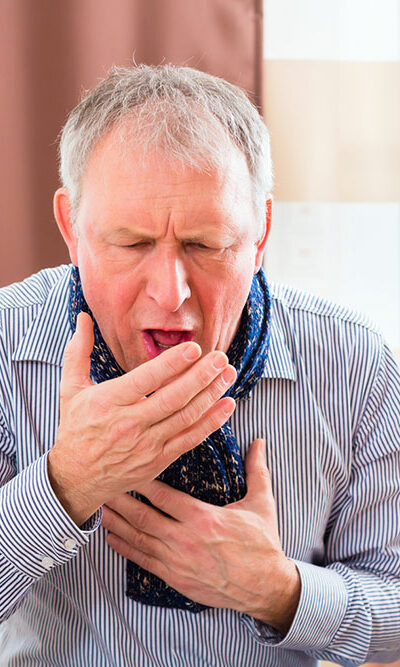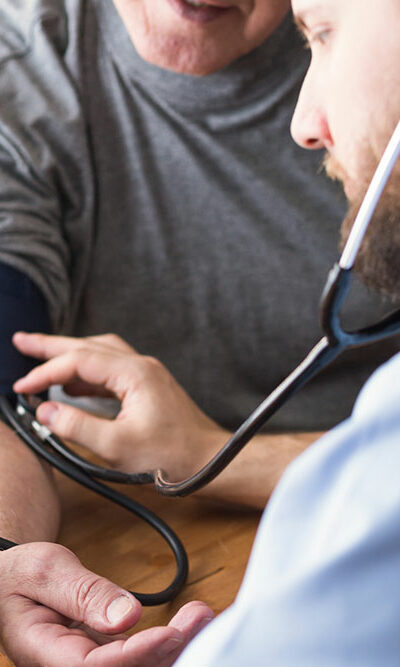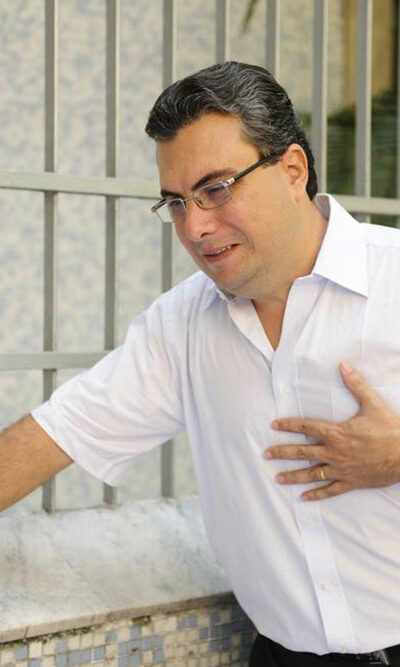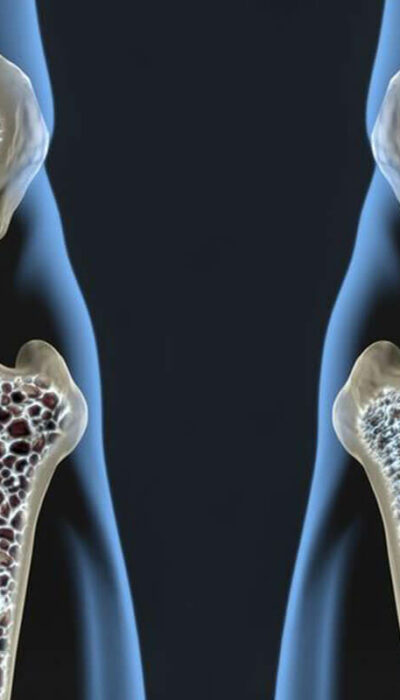
Treatment Options for Chronic Bronchitis
Bronchial tubes carry air from and to the lungs, and when there is an inflammation in these tubes, it is known as bronchitis. People who have this problem will usually have a severe cough. This cough will lead to discolored and thick mucus. Most people who have this kind of problem may also have chest pain, wheezing, and shortness of breath. Bronchitis is two types – acute bronchitis and chronic bronchitis. Acute bronchitis: This kind of bronchitis will develop as a result of some respiratory infections or due to cold. You will start feeling better in just a few days, and it will not last for a very long time. Chronic bronchitis: This kind of bronchitis will not strike suddenly like acute bronchitis. It will develop slowly, and may last for months or even for several years. The lining of your bronchial tube will have constant inflammation because of which thick mucus will get stuck in the airways of the lungs. Due to this, the air that flows in and out of the lungs will get restricted. People may face breathing difficulties due to blocked airways. Over time, the mucus formation will worsen. People with chronic bronchitis are likely to face other kinds of lung diseases as well. So, it is always good to start treatment for chronic bronchitis as soon as possible. Treatment for chronic bronchitis There is no cure or treatment for chronic bronchitis, but if you are taking medicine on time and make some lifestyle changes, you will be able to manage the symptoms of this health issue. But for this to work, you need to get an early diagnosis. When the condition gets worse, such changes are less likely to work on you. Medication As a part of the treatment for chronic bronchitis, your doctor may prescribe medication that will ease the breathing process.










